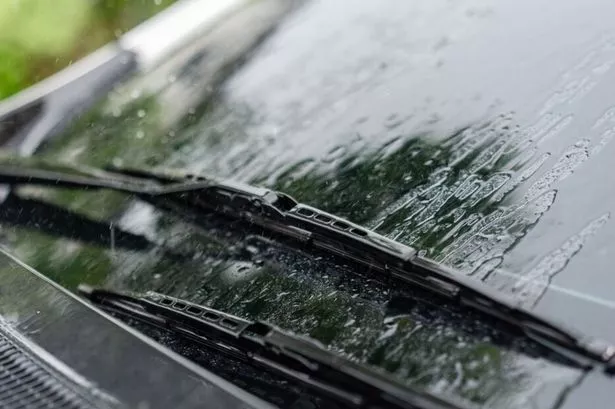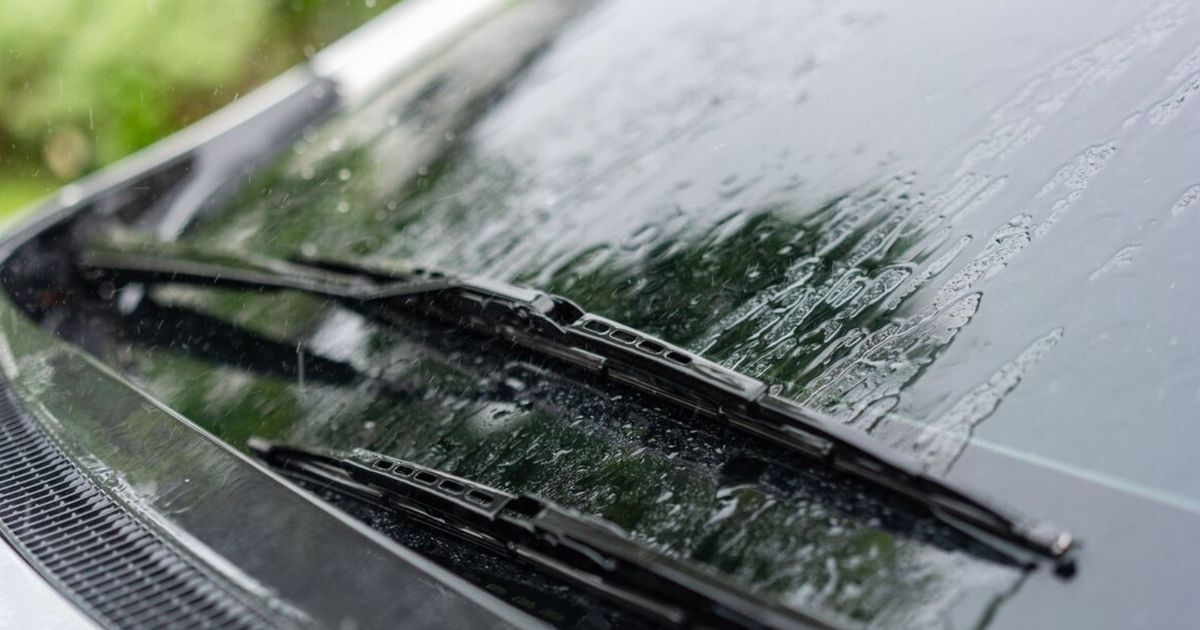The period between May to September sees the highest number of bugs on vehicles, thanks to active insect populations and warm temperatures The period between May to September sees the highest number of bugs on vehicles, thanks to active insect populations and warm temperatures.
The period between May to September sees the highest number of bugs on vehicles, thanks to active insect populations and warm temperatures.
Drivers are being warned to clean bug splats on their cars to avoid a £500 paint repair bill. The period between May to September sees the highest number of bugs on vehicles, thanks to active insect populations and warm temperatures. But the carnage that squished bugs can wreak on vehicle paint has been likened to a ‘scene from a horror movie’.
Graham Conway, Managing Director at Select Van Leasing , says bug guts are acidic and can chew through a vehicle’s ‘clear coat’ – the transparent protective layer of paint applied to the exterior – within a matter of hours.
Beetles and other insects with hard shells are a particular problem. Corrosive bug splats can even cause deep etchings to appear, as the acid residue burns into the paint.
READ MORE New UK primary school dinner rules with some staples being ‘banned’
Select Van Leasing’s Mr Conway explains: “Picture the Alien movie franchise, in which the Xenomorph monsters have acid for blood, and then imagine that scenario being played out in miniature on the surface of your car or van. It really is like a scene from a horror movie.
“The acidic guts of insects can cause permanent damage to paint much quicker than you might expect, particularly when exposed to hot sun, which is why speed is of the essence when it comes to cleaning.
“Major bug splats need to be cleaned within 24 hours to stop the paint’s clear coat being compromised, and you should aim to clean bug juice within at least three days of it being splatted.
“The longer you leave the bug residue to rot, the worse the damage will be, with a typical panel repair and respray costing around £500.”
Mr Conway adds: “A good tip is to soak a microfibre cloth in a dedicated bug splat cleaner before draping it across the affected area of paintwork and leaving it for a good few minutes for it to work its magic. The dead insects should hopefully then lift off with a further wipe.
“Some experts also recommend using WD-40 to loosen dried-on bug from paintwork, though you should use it sparingly to avoid leaving an oily residue.”
If bug splats persist, try using a clay bar, which can physically pull out dirt and debris from paint.
And once you’ve cleaned, use wax or polish to finish the job, as it acts as a protective barrier and will make it easier for you to rid bug splats in the future.
